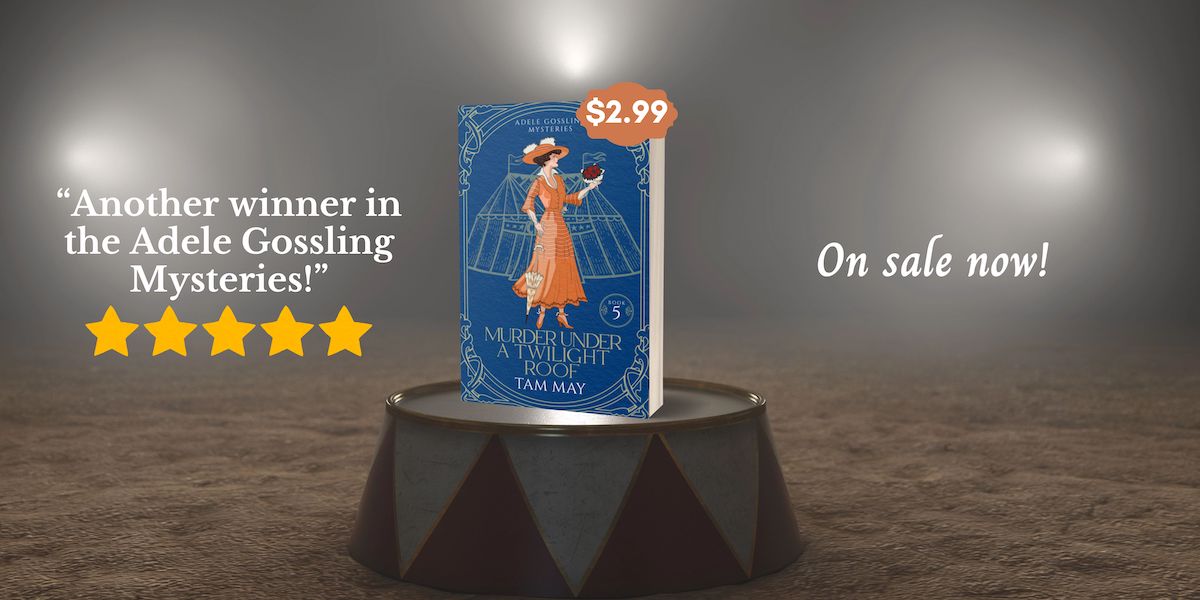
All covers by Essi/100 Covers
Series: Waxwood Series, Book 4
Author: Tam May
Genres: Historical Women’s Fiction/Family Saga
Relaunch Date: November 1, 2021
How many myths and half-truths does it take to destroy a family?
Vivian, the daughter and “Dagger Girl”, whose refusal to leave family secrets untold leads her down a dark path to a better future.
Jake, the son, and heir, whose search for a father figure leads him down the dark path of sin and redemption.
Larissa, the family matriarch, whose obsession with Nob Hill’s rigid social codes hides the shameful secrets of her past.
Come dive into this family saga set during one of America’s Gilded Age today. Book 1 is only 99¢!
Click the following links below to get the full details and all the buy links for each book:
The Specter (Waxwood Series: Book 1): https://tammayauthor.com/books-2/waxwood-series/the-specter-waxwood-series-book-1
False Fathers (Waxwood Series: Book 2): https://tammayauthor.com/books-2/waxwood-series/false-fathers-waxwood-series-book-2
Pathfinding Women (Waxwood Series: Book 3): https://tammayauthor.com/books-2/waxwood-series/pathfinding-women-waxwood-series-book-3
Dandelions (Waxwood Series: Book 4): https://tammayauthor.com/books-2/waxwood-series/dandelionswaxwood-series-book-4
Want to read an excerpt from each book? There’s a group for that! Join Tam’s Dreamers and you’ll get access to extra files, including special excerpts and other goodies. Plus, fun stuff about the history you never knew (like Victorian-era pudding recipes and vintage Halloween stickers!). You can request to join by clicking the button below.

About the Author

As soon as Tam May started writing at the age of fourteen, writing became her voice. She writes historical women’s fiction and historical mysteries. She loves to take readers into the nooks and crannies of the past, and she wants to inspire readers with her resilient and autonomous female characters. Most of her fiction is set in and around the San Francisco Bay Area because she fell in love with the city and found her independence and writing voice when she lived there in the 1990s.
Her book Lessons From My Mother’s Life debuted at #1 in its category on Amazon. She’s also published a Gilded age family saga set among San Francisco’s Nob Hill elite titled the Waxwood Series which follows the Alderdices as they discover their place amidst revolutionary changes and shifting values in the last decade of the 19th century.
Tam’s current project is a historical mystery series titled The Paper Chase Mysteries. The series takes place in Northern California at the turn of the 20th century and features amateur sleuth and epistolary expert Adele Gossling, a progressive and independent young woman whose talent for solving crimes comes into direct conflict with her new community apt to prefer the previous era’s angel in the house to the current century’s New Woman.
Tam lives in Texas but calls San Francisco and the Bay Area “home”. When she’s not writing, she’s reading classic literature, watching classic films, cross-stitching, or cooking yummy vegetarian dishes.
Is the life of a Gilded Age debutante all parties and flirtations? Read “The Rose Debutante” to find out! It’s FREE! Plus, you’ll get to know about life in the past and about the resilient women the history books forgot. And how about fun historical facts, great deals on historical fiction books, and a cool monthly freebie thrown in just because? Here’s where you can sign up.
Social Media Links
Facebook: https://www.facebook.com/tammayauthor/
Instragram: https://www.instagram.com/tammayauthor/
Goodreads Author Page: https://www.goodreads.com/author/show/16111197.Tam_May
Amazon Author Page: https://www.amazon.com/Tam-May/e/B01N7BQZ9Y/
BookBub Author Page: https://www.bookbub.com/authors/tam-may
To celebrate the relaunch of the Waxwood Series, I’m doing a big giveaway where you could win a grand prize that includes paperbacks of all four books in the series, swag, and chocolate. And there are a few smaller prizes on offer as well. To enter, click the button below.





